News Archive
Filter By
- Abyssinian ground hornbill
- Addax
- Aldabra tortoise
- Allen's swamp monkey
- Alpaca
- American alligator
- American avocet
- American bison
- American flamingo
- American wigeon
- Andean bear
- Aquatic caecilian
- Arapaima
- Asian elephant
- Asian small-clawed otter
- Asian water dragon
- Australian snake-necked turtle
- Bald eagle
- Baltimore oriole
- Barred owl
- Bearded emperor tamarin
- Beaver
- Bennett's wallaby
- Binturong
- Black-and-white ruffed lemur
- Black-crowned night heron
- Black-footed ferret
- Black-tailed prairie dog
- Black-throated blue warbler
- Blue-billed curassow
- Blue crane
- Bobcat
- Brown pelican
- Bufflehead
- California sea lion
- Canvasback
- Cedar waxwing
- Channel catfish
- Cheetah
- Chicken
- Chinese alligator
- Chinese three-striped box turtle
- Clouded leopard
- Collared brown lemur
- Common raven
- Common yellowthroat
- Corals and sea anemones (anthozoa)
- Cow
- Crocodile monitor
- Cuban crocodile
- Dama gazelle
- Degu
- Dunlin
- Eastern corn snake
- Eastern indigo snake
- Eastern newt
- Eastern red-backed salamander
- Eastern screech-owl
- Eld's deer
- Electric eel
- Emperor newt
- Fennec fox
- Fishing cat
- Gaboon viper
- Geoffroy's marmoset
- Gharial
- Giant leaf-tailed gecko
- Giant panda
- Goat
- Golden-headed lion tamarin
- Golden lion tamarin
- Gray seal
- Gray wolf
- Green tree python
- Grevy's zebra
- Guam kingfisher (sihek)
- Guam rail (ko’ko’)
- Guinea pig
- Harbor seal
- Hartmann's mountain zebra
- Hawk-headed parrot
- Hellbender
- Home's hinge-back tortoise
- Hooded crane
- Iranian fat-tailed gecko
- Japanese giant salamander
- King vulture
- Komodo dragon
- Kori bustard
- Kunekune pig
- Land hermit crab
- Larger Malay mouse-deer
- Lemur leaf frog
- Lesser hedgehog tenrec
- Lesser kudu
- Lion
- Loggerhead shrike
- Long-tailed chinchilla
- Long-tailed salamander
- Maned wolf
- Meerkat
- Miniature donkey
- Naked mole-rat
- North American porcupine
- North American river otter
- Northern Luzon giant cloud rat
- Northern pine snake
- Northern pintail
- Northern red salamander
- Northern snakehead fish
- Northern tree shrew
- North Island brown kiwi
- Norway rat
- Orangutan
- Orchard oriole
- Ossabaw Island hog
- Ostrich
- Ovenbird
- Pallas's cat
- Panamanian golden frog
- Patagonian mara
- Persian onager
- Philippine crocodile
- Prehensile-tailed porcupine
- Prevost's squirrel
- Przewalski's horse
- Pygmy slow loris
- Red-crowned crane
- Red-fronted lemur
- Red-rumped agouti
- Red-winged blackbird
- Red knot
- Red panda
- Red River hog
- Red ruffed lemur
- Red wolf
- Ring-tailed lemur
- Ruddy duck
- Schmidt's red-tailed monkey
- Scimitar-horned oryx
- Screaming hairy armadillo
- Semipalmated plover
- Semipalmated sandpiper
- Siamang
- Sitatunga
- Sloth bear
- Southern lesser galago
- Southern swamp sparrow
- Southern tamandua
- Spider tortoise
- Striped skunk
- Tanagers
- Tentacled snake
- Tiger
- Titi monkey
- Turkey
- Twig catfish
- Two-toed sloth
- Vietnamese mossy frog
- Virginia opossum
- Von der Decken's hornbill
- Western lowland gorilla
- White-cheeked gibbon
- White-faced saki
- White-naped crane
- White-nosed coati
- Whooping crane
Displaying 576 - 600 of 2363 articles.
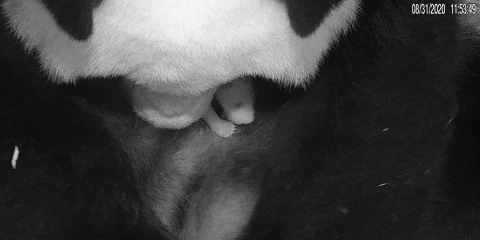
Top 10 Giant Panda Cub Cam Moments
As we celebrate the birth of our newest giant panda cub, take a look back at our top 10 favorite moments from the cub's first two weeks, as seen on the Panda Cam!

Welcome, Spider Tortoise Hatchling!
A "surprise" spider tortoise hatchling arrived July 5 at the Reptile Discovery Center! Get the scoop from assistant curator Matt Evans.

#OrangutanStory: Happy 4th Birthday, Redd! (Part I)
As our young Bornean orangutan nears his fourth birthday, primate keeper Erin Stromberg reflects on how his relationships with the adults in his social network have blossomed over the last year.
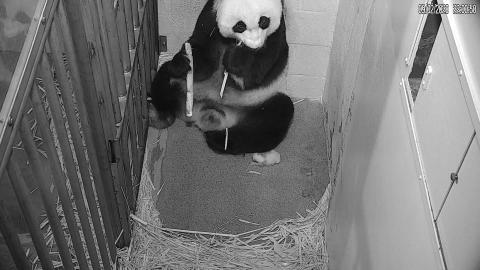
#PandaStory: Cub Day 13
Giant panda Mei Xiang continues to be a wonderful mother to her newborn. Last night, she gently set the cub down on the floor of their den and walked into her main indoor enclosure to drink some water.
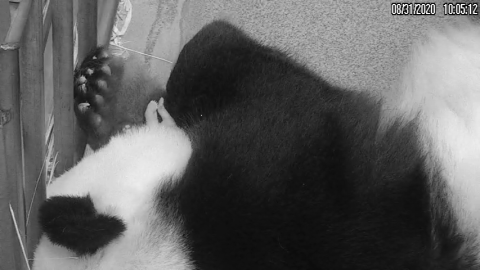
#PandaStory: Cub Day 10
Our giant panda cub appears to be growing nicely! Over the weekend, the Panda Cam revealed a peek of its tiny paws compared to those of mother Mei Xiang.
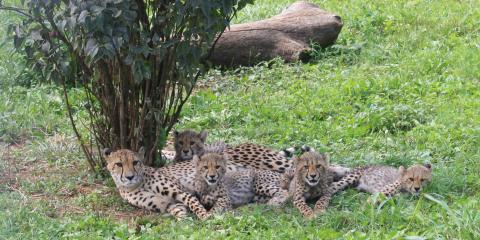
Cheetah Cubdate #12: Catching Up with the Cubs
Mothers are not only our first friends, they are also our first teachers. In August, our wonderful cheetah mother Echo was busy teaching her 4.5-month-old cubs vocalizations.
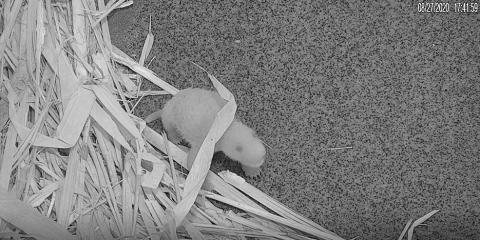
#PandaStory: Cub Day 7
Last night, giant panda Mei Xiang gave us another peek at her precious cub! If you look closely, you can see its iconic black eye markings starting to appear.
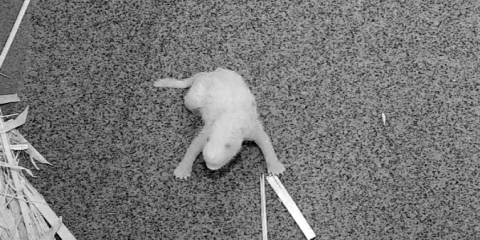
#PandaStory: Cub Day 6
Big news! Early this morning, our Panda Team observed giant panda Mei Xiang leave the den twice to get a drink of water at 4:27 a.m. and 5:59 a.m. Her brief reprieve offered Panda Cam viewers a look at the growing cub!
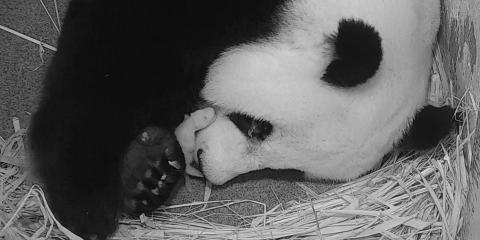
#PandaStory: Cub Day 5
Last night around 5:40 p.m., Mei Xiang placed the cub on the floor of her den for just a few seconds, giving all of those watching the Panda Cam a fantastic view of her growing cub.
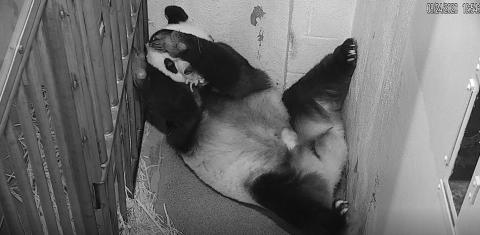
#PandaStory: Cub Day 4
Giant panda Mei Xiang and her newborn cub continue to do well. As Mei Xiang shifts from a resting position (laying down) to a nursing position (sitting up) and vice-versa, she occasionally holds the cub delicately in her mouth.
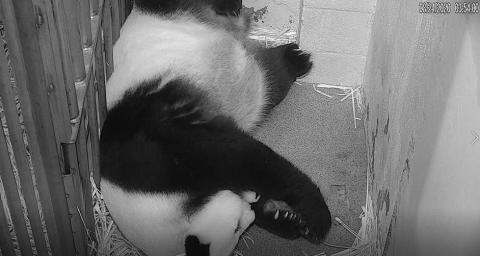
#PandaStory: Cub Day 3
Mei Xiang, our 22-year-old giant panda, continues to be a devoted mother. Interestingly, she has found a new position to hold this cub.
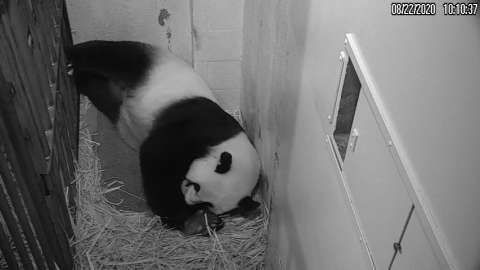
#PandaStory: Cub Day 2
Our panda team observed Mei Xiang and her cub overnight and were happy with the behaviors they saw. As expected, Mei Xiang is being an excellent and attentive mother. She has already established positions for nursing and sleeping.
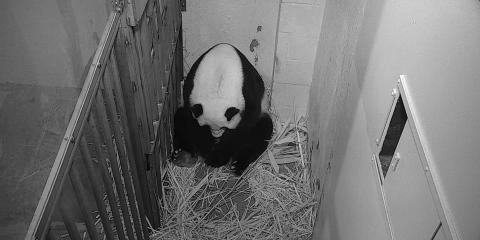
Media Advisory: Giant Panda Cub Birth Interviews at Smithsonian’s National Zoo
Smithsonian’s National Zoo staff will be available to discuss the recent giant panda cub birth.
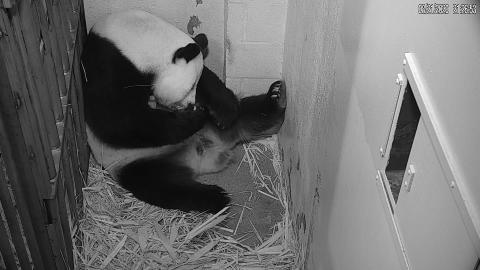
Giant Panda Cub Born at Smithsonian’s National Zoo
Giant panda Mei Xiang (may-SHONG) gave birth to a cub at Smithsonian’s National Zoo today, Aug. 21 at 6:35 p.m.
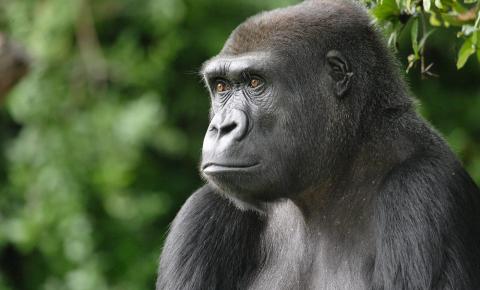
Genomic Analysis Reveals Many Animal Species May Be Vulnerable to SARS-CoV-2 Infection
A new genomic study ranks the potential of the SARS-CoV-2 spike protein to bind to the ACE2 receptor site in 410 vertebrate animals. Old World primates and great apes, which have identical amino acids at the binding site as humans, are predicted to have a very high propensity for binding ACE2 and...
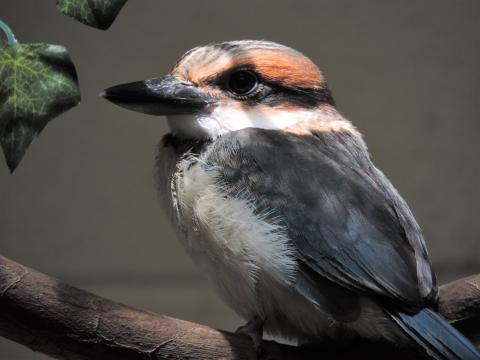
Growing Up Guam Kingfisher
Breeding season is the most demanding time of year for the bird team at the Smithsonian Conservation Biology Institute, but it can also be the most rewarding.
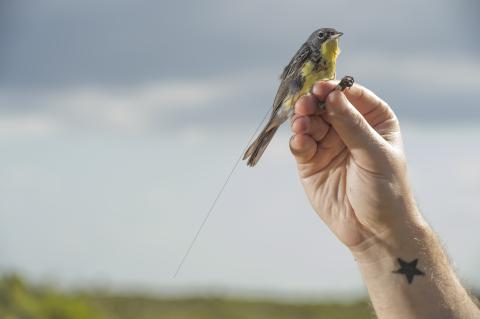
Tracking Technology Exposes Secretive Long-distance Movement of Kirtland’s Warblers
State-of-the-art tracking technology reveals previously unknown long-distance movements of Kirtland’s warblers during the mating season that have important conservation implications for North American birds.

Cheetah Cubdate #11: Building Relationships
It is hard to believe that cheetah cubs Amabala, Jabari, Hasani and Erindi are already four months old! As the cubs grow, we want to ensure that they have a strong relationship with us.

Veterinarians Find Fetal Tissue on Giant Panda Ultrasound
Veterinarians at the Smithsonian’s National Zoo detected tissue consistent with fetal development during Mei Xiang’s ultrasound this morning, Aug. 14.

Smithsonian’s National Zoo and Conservation Biology Institute and JumpStart Games Launch “Zoo Guardians” Mobile Game
The furry, feathered and scaly world of zoos, animal care and conservation comes to life in “Zoo Guardians,” a new mobile game launched today. Players are invited to build their own zoos, care for animals, complete quests and interact with realistic 3D representations of wildlife via augmented...
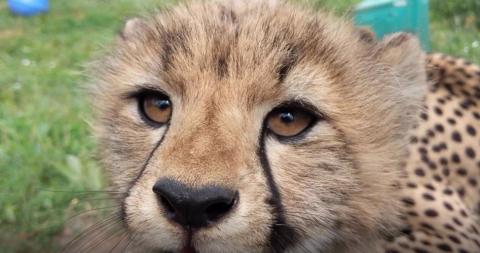
Cheetah Cubdate #10: Weights and Water
Smithsonian Conservation Biology Institute carnivore keeper Adri Kopp and intern Shannon Richard share the latest news on Echo's cheetah cubs, from weigh-ins to water play.
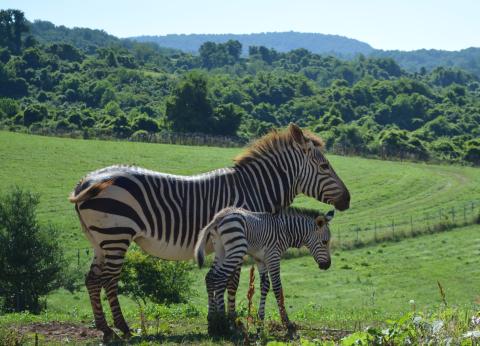
Featured Creature: Hartmann’s Mountain Zebra
What’s black, white and adorable all over? Our new Hartmann’s mountain zebra colt! Born July 2 at the Smithsonian Conservation Biology Institute, he already is melting our ungulate team’s hearts with his playfulness and curiosity. Get to know him in this Q+A with SCBI animal keepers Morgan Vance and...
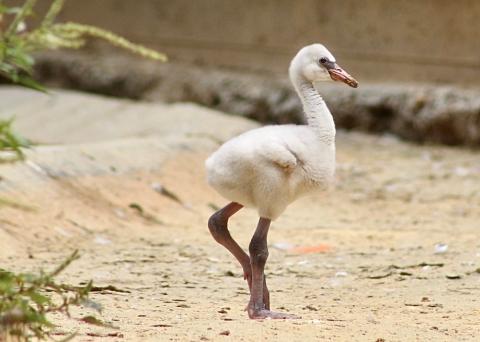
Summer is for the Birds
Behind the scenes at the Smithsonian’s National Zoo, the sweet tweets of chirping chicks are music to the Bird House team’s ears. While their homestead exhibit is under renovation, the team has been busy researching, perfecting and literally writing the book of North American songbird and shorebird...
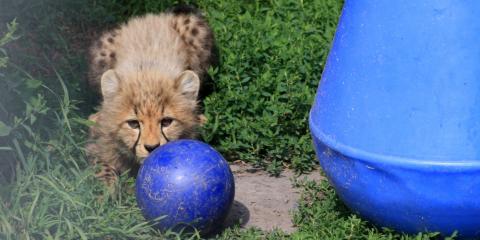
Bringing the Zoo to You: July 2020
Grab a delicious snack with prehensile-tailed porcupine Quilliam, have a ball watching our cheetah cubs play and behold beaver Aspen as he fells a tree. July brought about many exciting moments, not the least of which was the reopening of the Smithsonian’s National Zoo! Before you plan your visit...
